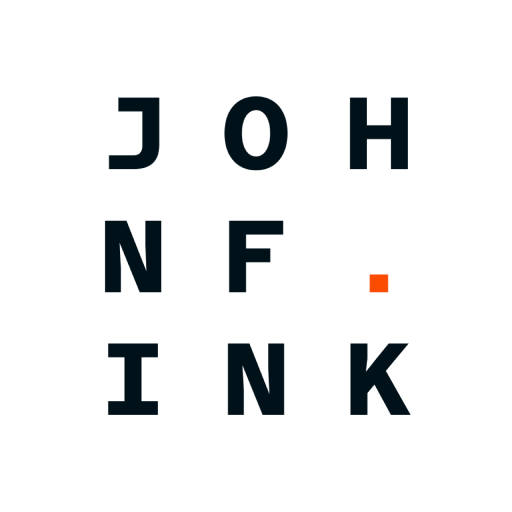
5 Reasons Hourly Pricing Sucks
Before I start, let’s establish some common ground. Hopefully, at least in the design business, we can all agree on 5 points…
- Certainty > Mystery
- Pro > Amateur
- Fast > Slow
- Trust > Doubt
- Money In > Money Out
If we agree, let’s talk how and why hourly pricing promotes the opposite, and why fixed price is undoubtedly better for most people.

1. Certainty > Mystery
Both sides benefit from knowing the final price from the start. The client doesn’t have to worry about the budget ballooning once the project is underway, and the designer can focus on the design rather than worrying about time tracking and difficult budget conversations.
I’ve been on both sides of invoice surprises, and they’re typically a huge bummer for both parties. The worst part is, that after it happens once, both sides are anxiously expecting it to happen again and dreading each interaction. The relationship may never recover.

2. Pro > Amateur
Clients want to work with professionals, and designers should aspire to be seen as such. However, an hourly rate paints the designer as someone who can’t manage their own time and someone who may not be knowledgeable/skillful enough to get the job done in a timely manner.
Hourly pricing encourages the buyer to keep tabs on, and even micromanage the designer. This may lead to a rocky relationship between client and designer. The designer may believe they’re not being shown the respect they’re due, and the client may begin to feel they need to oversee everything to get their money’s worth.
Again, the relationship is compromised.

3. Fast > Slow
This one is fairly straightforward. With hourly pricing, if the designer is fast, they’ll get paid less… if they are slow, they’ll secure the bag.
Fixed pricing incentivizes the designer to work quicker. And you may think, “Sure, but what incentivizes them to deliver a good product?” Well, other than their reputation, wanting to help their clients and having good ethics… nothing.
But the same can be said for hourly pricing. In fact, there’s even more incentive to deliver sub-par work, so they can eek out a few more hours of work on the project before it’s over. Designers who charge hourly are quite likely to find additional/creative ways to stay on the clock.

4. Trust > Doubt
A seed of doubt is planted as soon as the first issue arises on hourly pricing. The client is now stressed and requesting more frequent updates, and the designer is now stressed trying to catch up while being micromanaged.
Mutual trust is the key to any client/designer relationship.
With a fixed price model, the client doesn’t need to know about every small bump along the way as long as the designer believes the bump won’t impact the timeline. That said, when the designer is open and honest about some bumps along the way, it can bolster the relationship, since it’s the designer who is losing money rather than the client.

5. Money In > Money Out
Hourly pricing places everyone’s focus on time spent, not the product. When the client is focused on time spent, they tend to waste energy worrying and micromanaging to accelerate the timeline. And when the designer is focused on time spent, they tend to procrastinate and look for ways to extend the timeline. This pits the two against each other.
When client and designer have different goals, a bad product and/or relationship should be expected.
Time, energy and money are wasted all around, and both sides are left skeptical of the other… increasing the great divide between client and designer.

All Hope is Not Lost
Enter fixed pricing. Everyone knows and agrees upon a price from the start. The designer is seen as a professional by the client, and will work efficiently to prove the client right. A high level of trust is developed from the start and is much less likely to be chipped away with every “money talk” that arises. Both the client and the designer are able to work together to maximize their ROI with the same goal in mind…
Let’s focus on the product rather than time spent!
